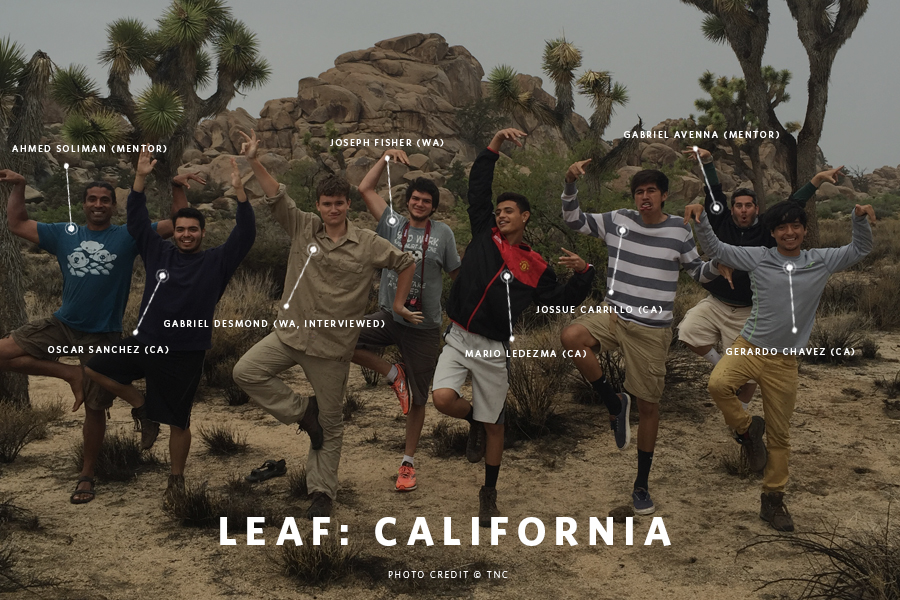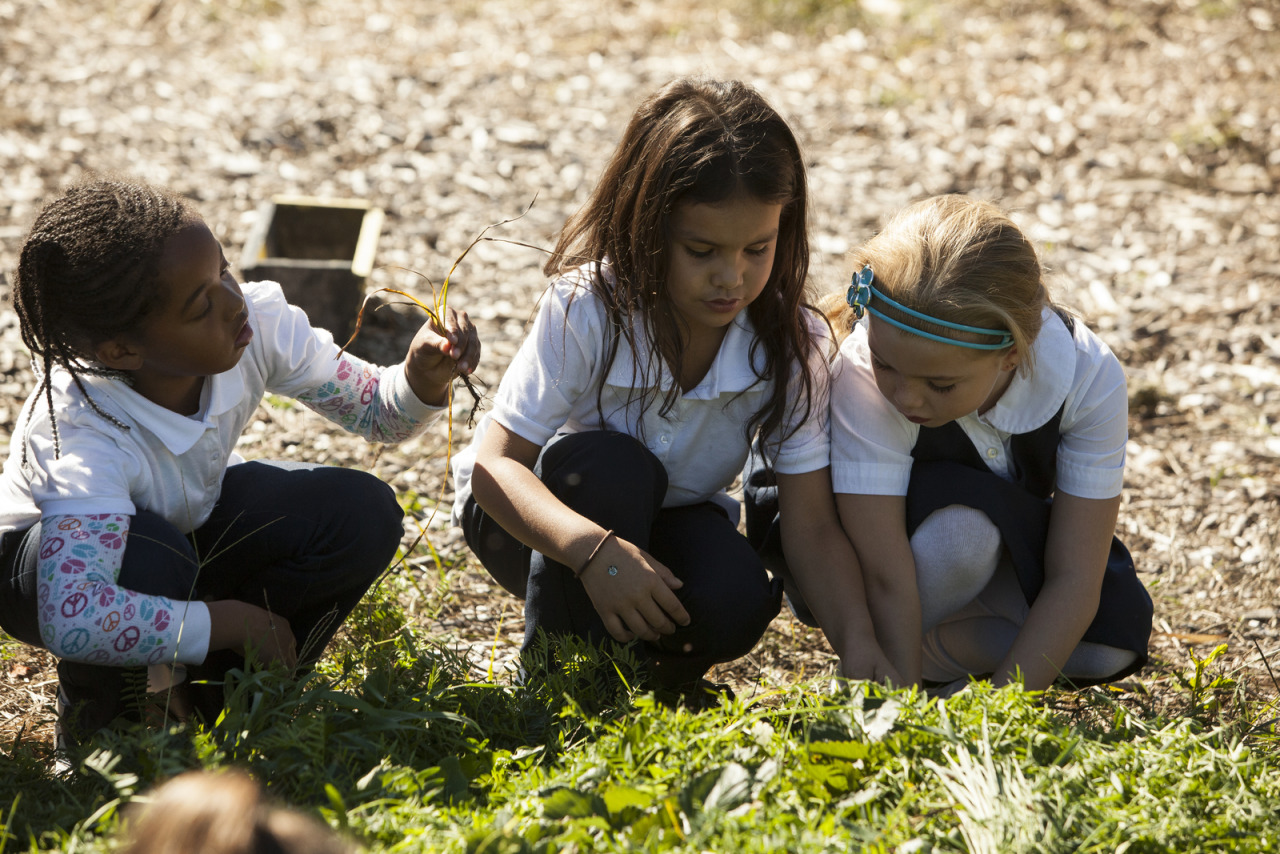Celebrating the outstanding 2015 class of LEAF interns from Washington
Written by Cailin Mackenzie, Marketing GLOBE Intern
The Nature Conservancy’s LEAF program engages the environmental advocates of tomorrow with paid internships for urban high school students. Sixteen exceptional young Washingtonians contributed to our mission with hands-on summer stewardship. Here are a few of their thoughts:
How has living in Washington helped inspire your interest in nature?
Nardos Carlson: [Being] surrounded by breathtaking views of nature, no matter the size, has made me care more about nature. I feel that it is important to take care of something that you love and care about.
Rhea Enzian: Growing up here I spent most of my time exploring the woods, using ropes to repel down the steep ravine sides, building bridges across the stream and searching the beach for cool animals and rocks.
Chanel Lindsay: Washington has done a great job at making urban forestry a main focus in it’s cities, and that is much appreciated by those that can’t always make it to the great outdoors.
Mady Zent: With easy access to the Puget Sound, Mount Rainier, and our forests, I think Washington as a whole is one of the best places to spark an interest [in] nature.
How will you continue your environmental leadership in Washington?
Hannah O’Flanagan: I will continue my environmental leadership in Washington through continued involvement in […] clubs such as Envirothon, the environment knowledge bowl team I am a member of, as well as Key club, where I can encourage volunteer projects centered on environmental conservation. Furthermore, I plan to continually encourage others to pursue environmental projects, or opportunities such as LEAF.
Gabe Desmond: At the local Tacoma Nature Center […] I teach classes to all ages about different areas of natural history and sustainability. [After LEAF], I have noticed doing small things that I didn’t before. Just two weeks ago, I was [backpacking] and saw a granola bar wrapper on the trail. […] I picked it up. This was inspired by one of my LEAF mentors, Gabe Avenna, who did this while we were hiking in San Jacinto State Park. Hopefully doing little things like this will make an impact!
Chanel Lindsay: Currently, I am taking steps towards attending the UW to study sustainable architecture that will create a long-term positive impact on our lands. I am passionate about keeping my home healthy, and having a career that supports that passion is important to me.
Mira Peterson: By volunteering, interning, and advising my peers to join in, I can continue spreading environmental conservation and awareness in Washington.
Rhea Enzian: I plan on applying for an internship with the Student Conservation Association (SCA) next summer to continue my passion for environmental conservation work. My school has all of the seniors do a senior project before they graduate and I plan on making my senior project environmentally oriented.
What is your spirit animal?
Mira Peterson: My spirit animal would have to be a lynx because they are self sufficient, beautiful and observant.
Gabe Desmond: My guide’s animal form is the owl. The owl has taught me to be patient and quiet in search of what I want. Additionally the owl has taught me to be more observant and always have my eyes wide open.
Chanel Lindsay: My spirit animal is an octopus. They are not only very smart, but also mysterious and beautiful. We have some of the largest octopi right here under the Narrows Bridge!





























